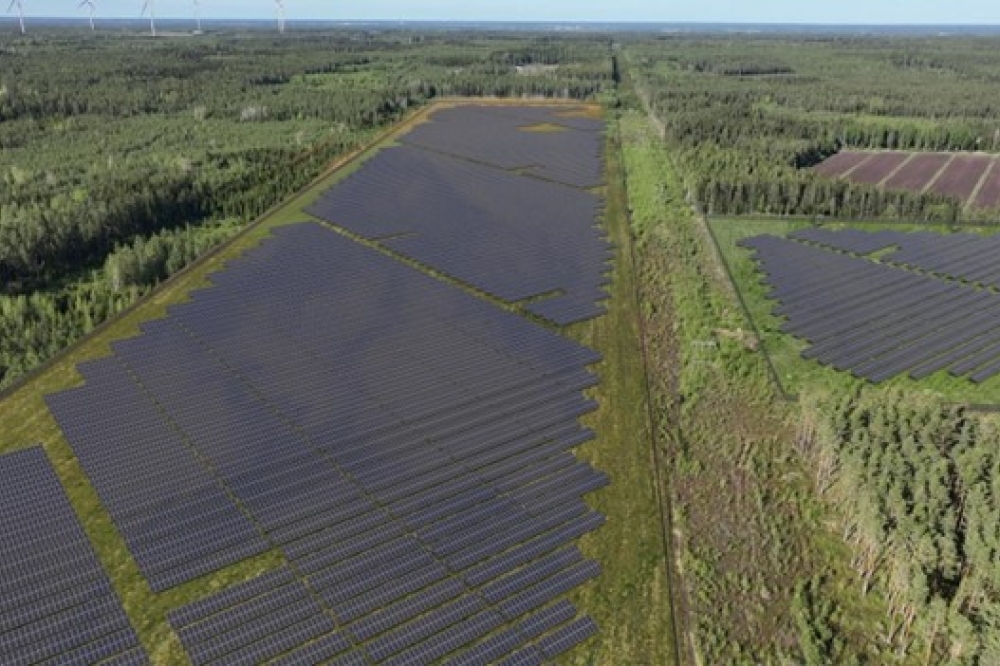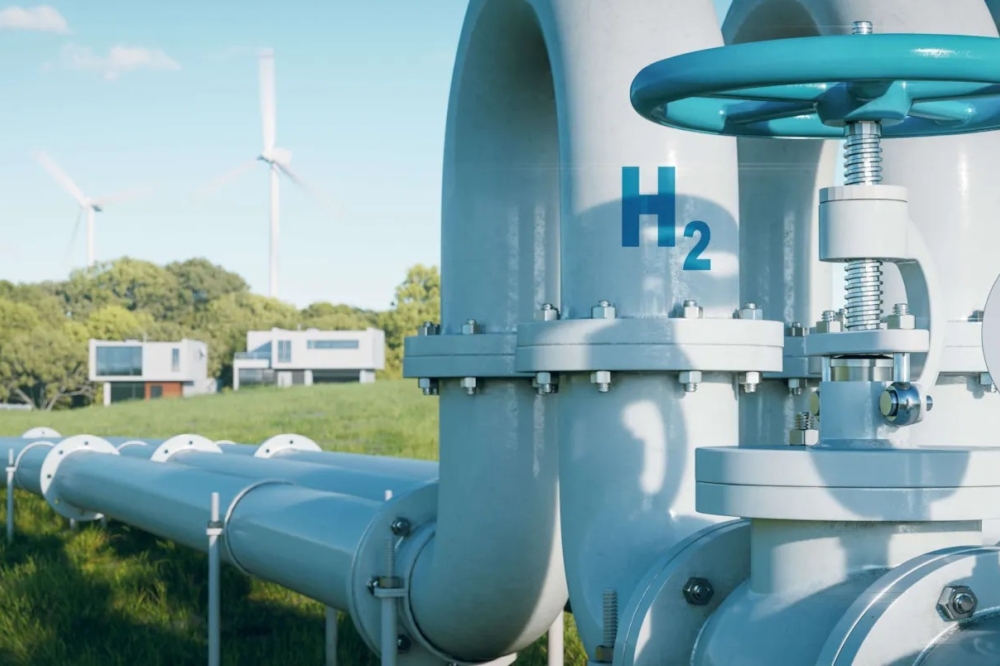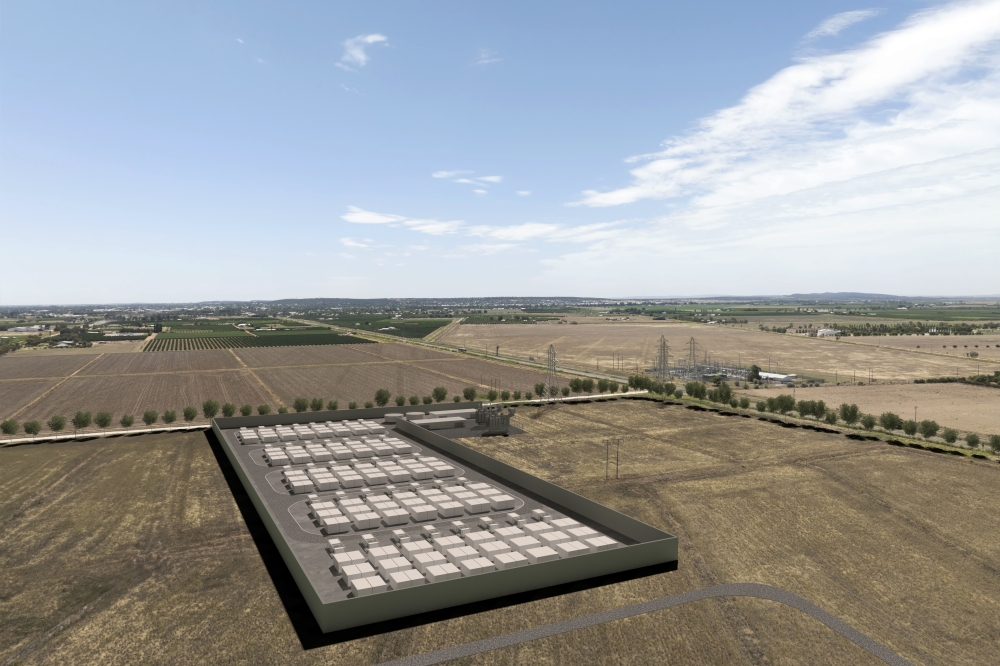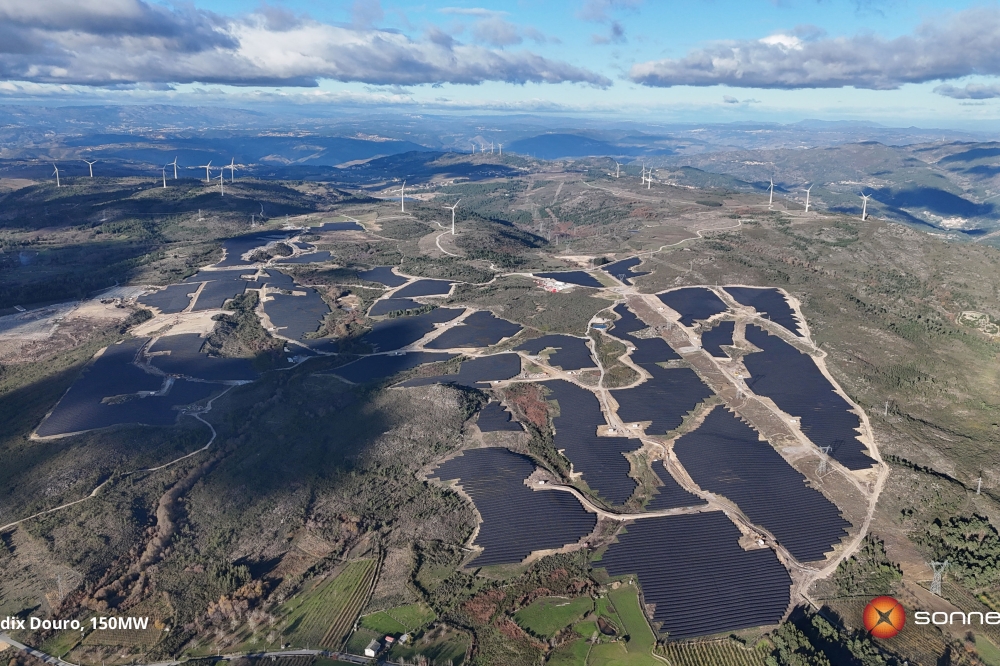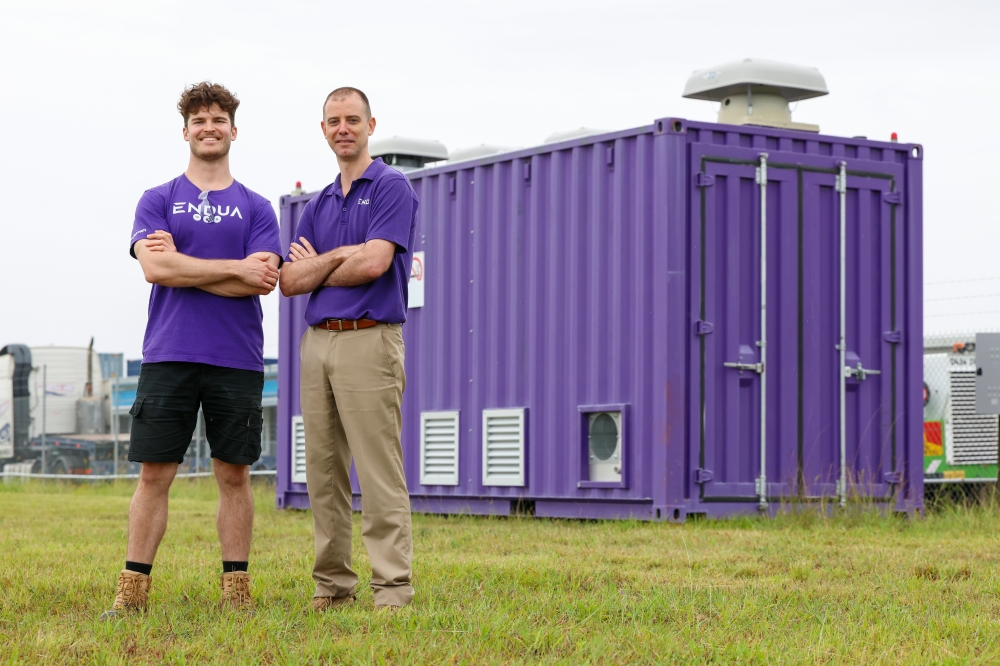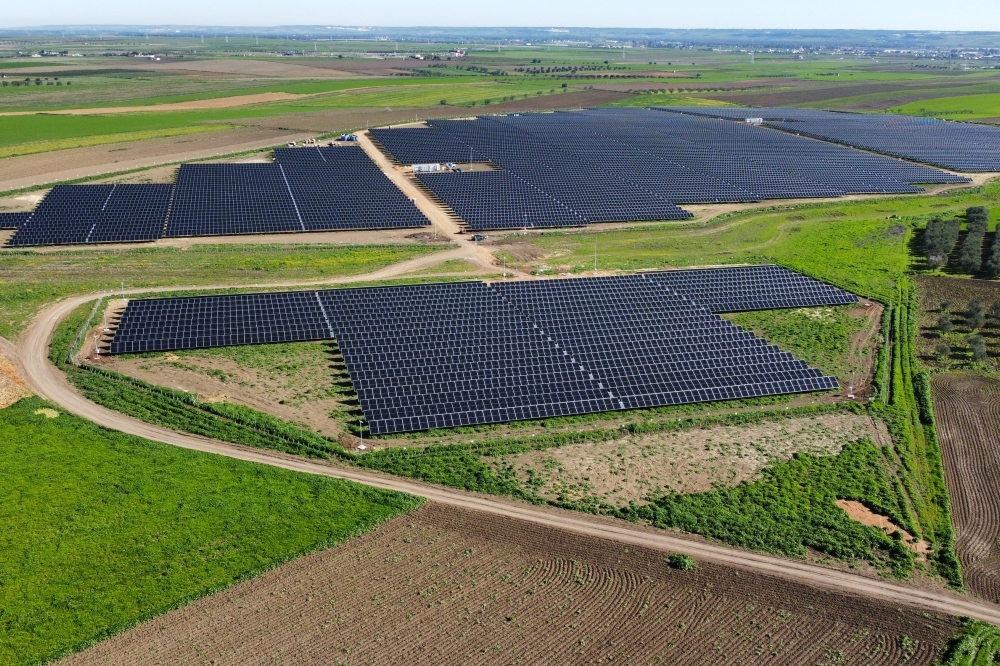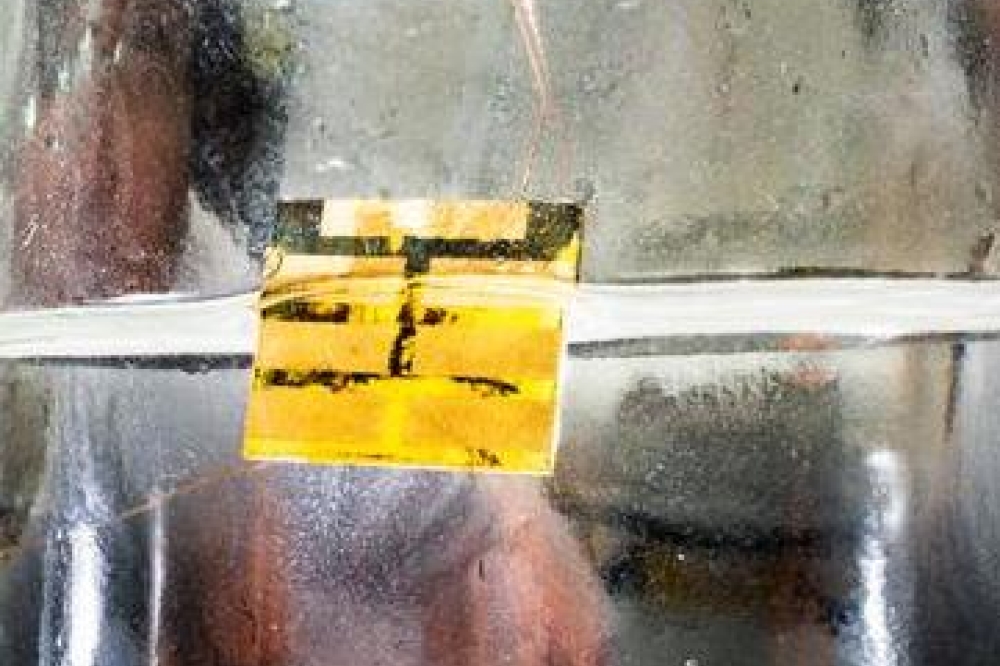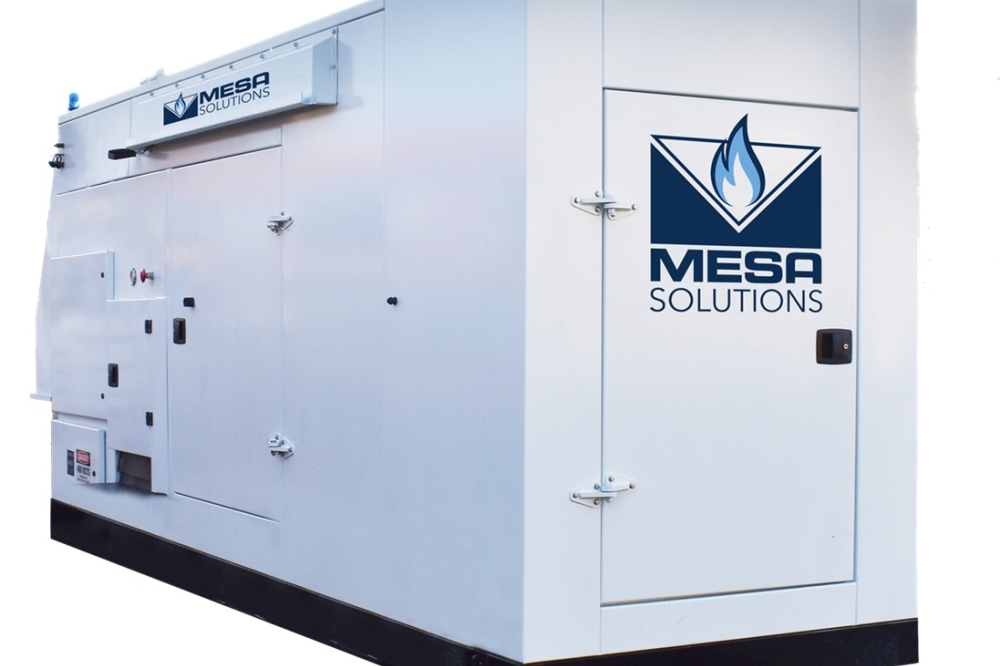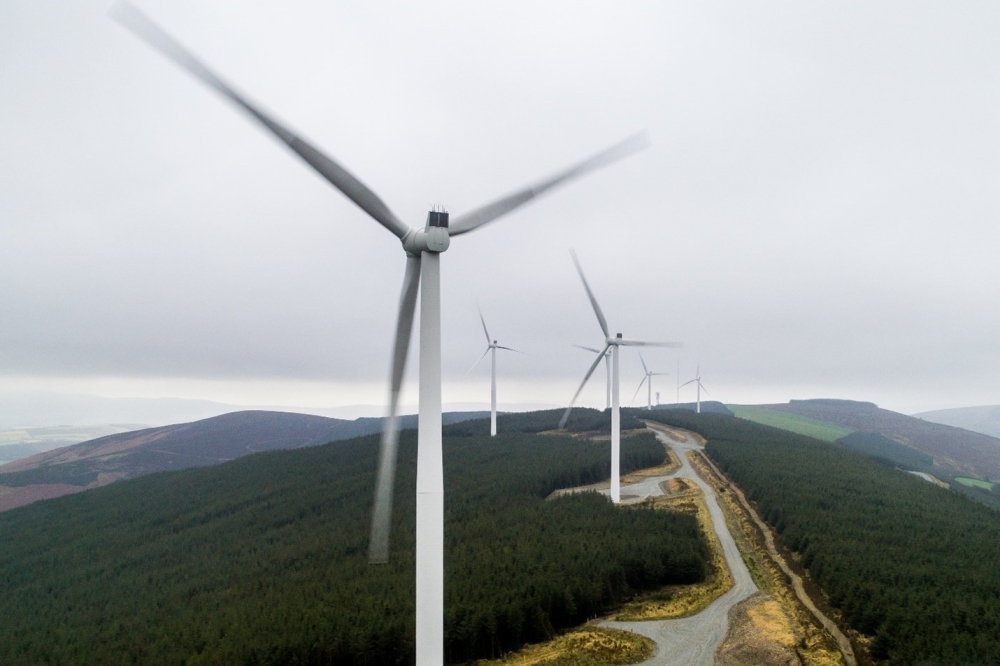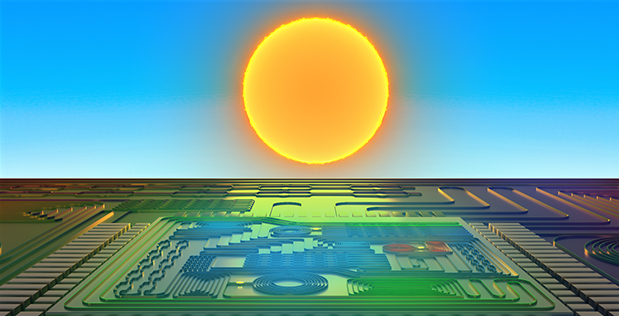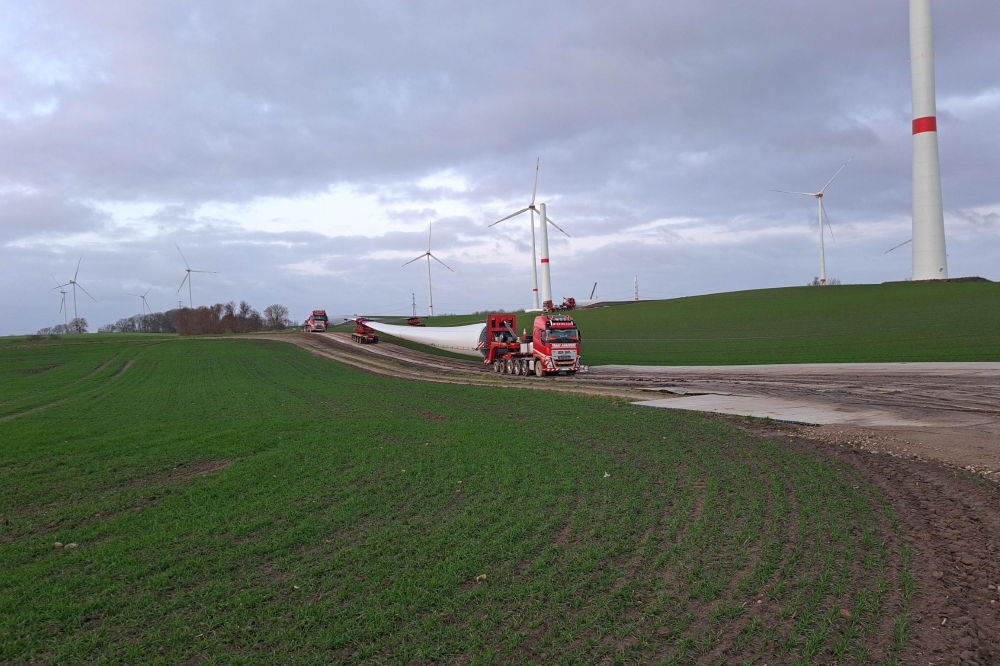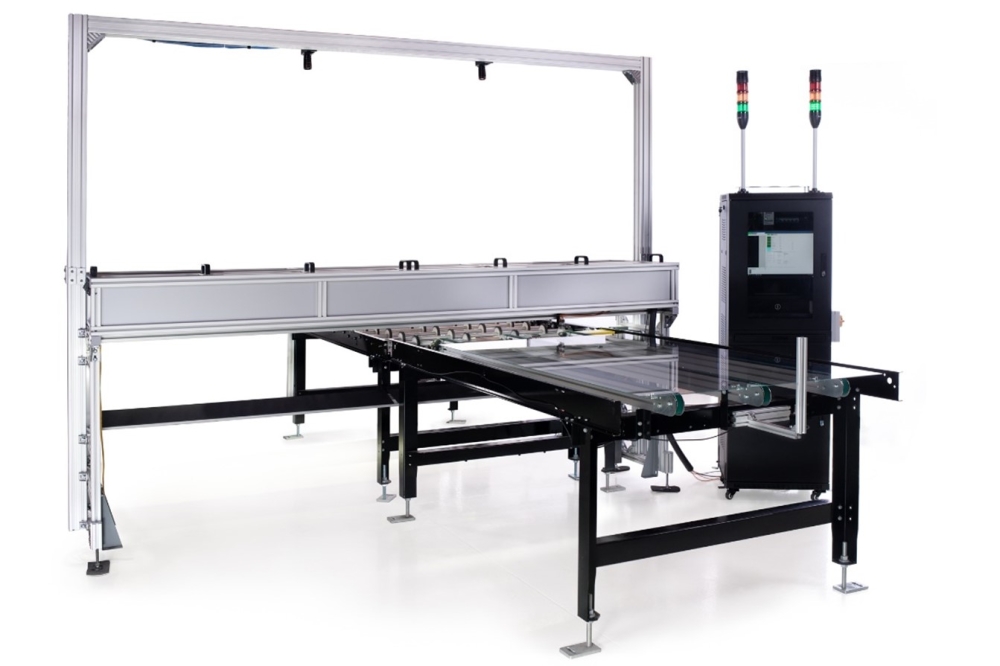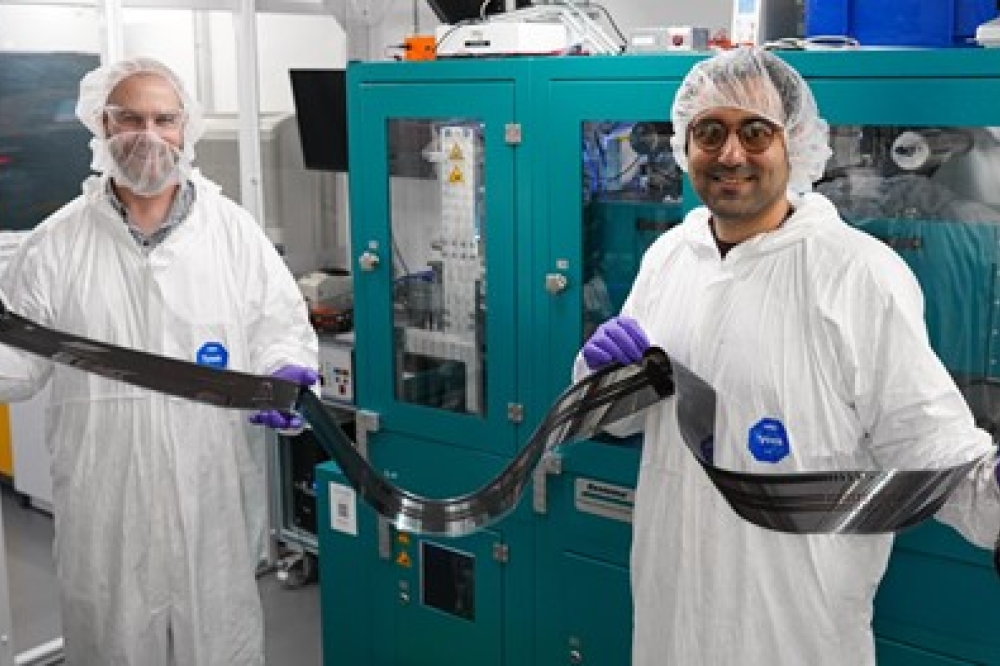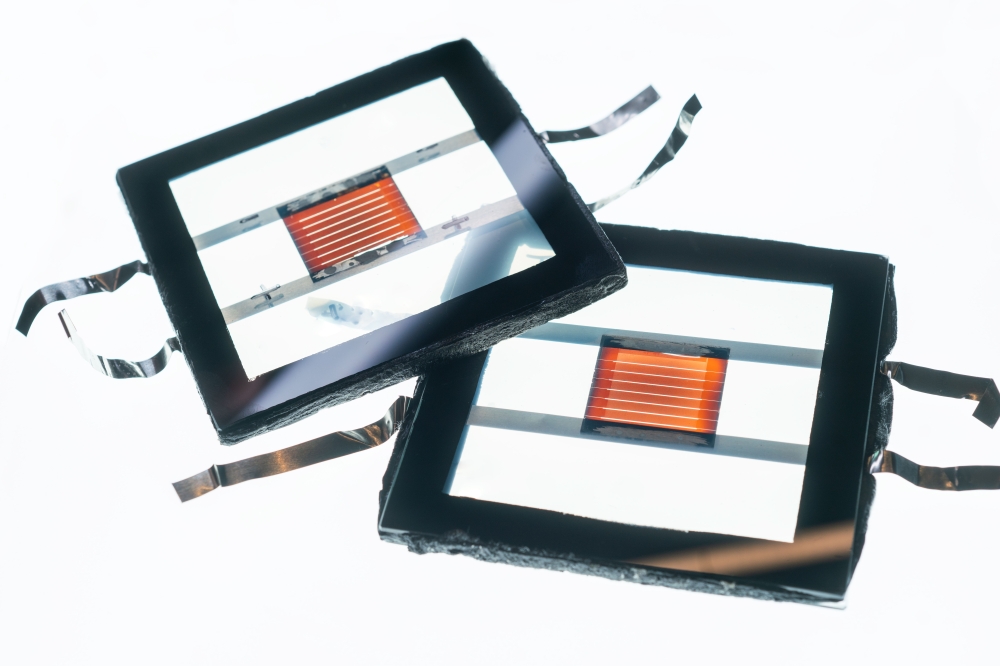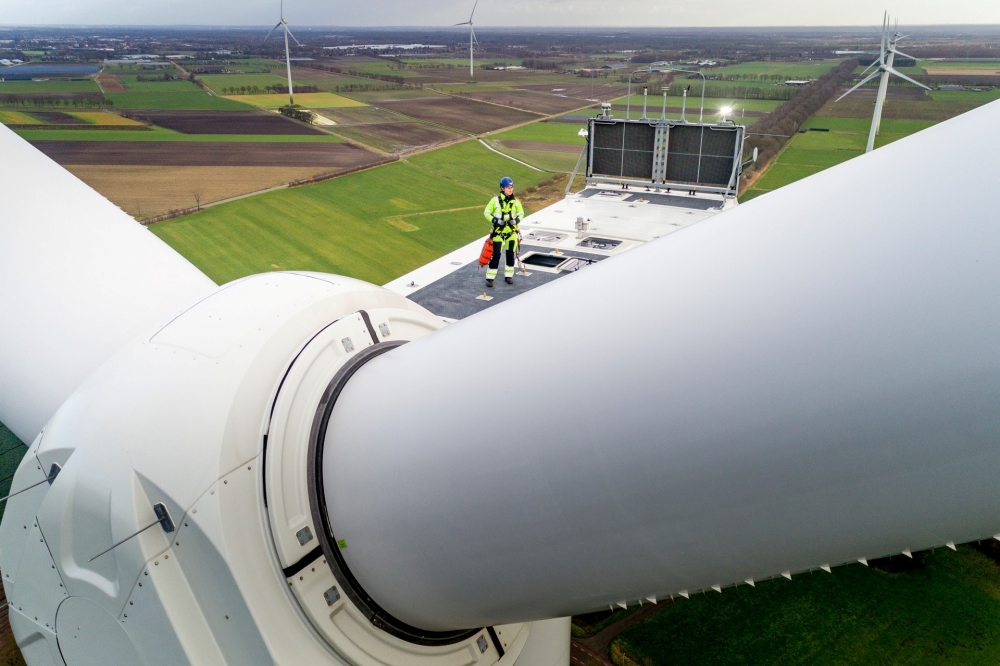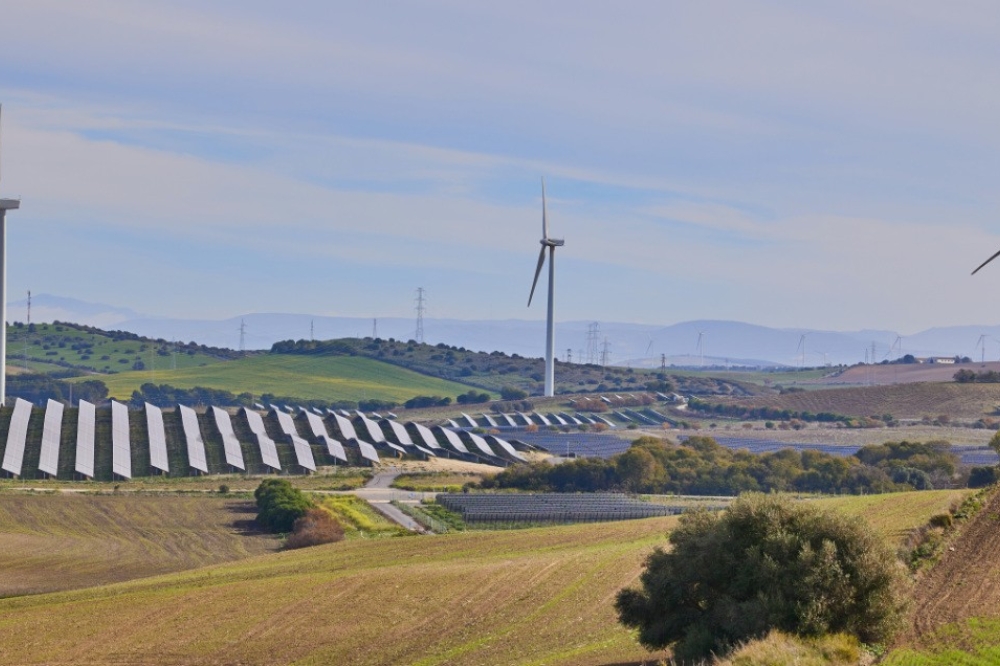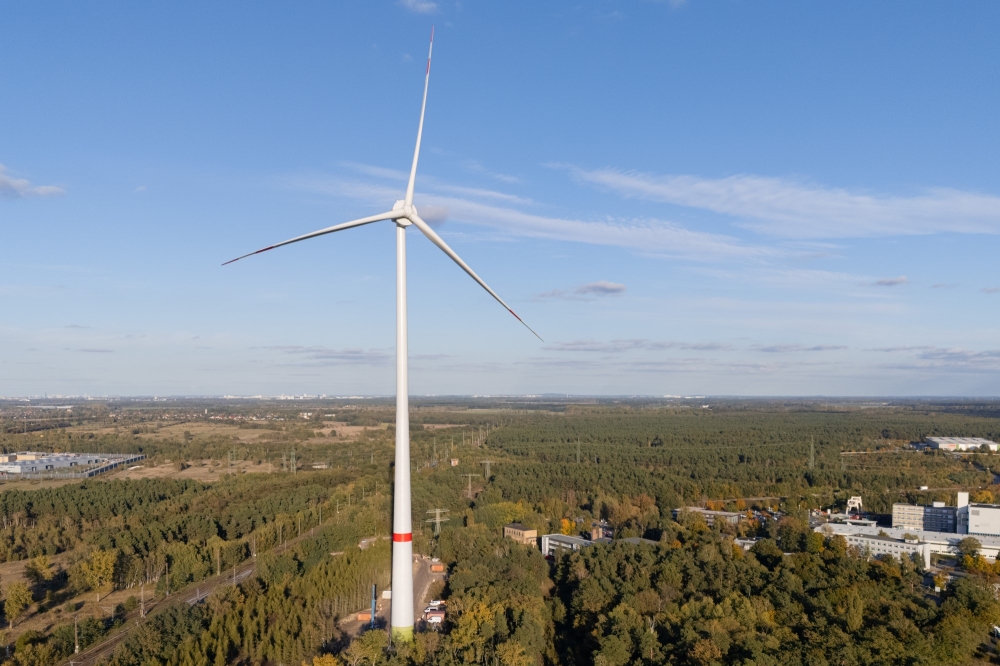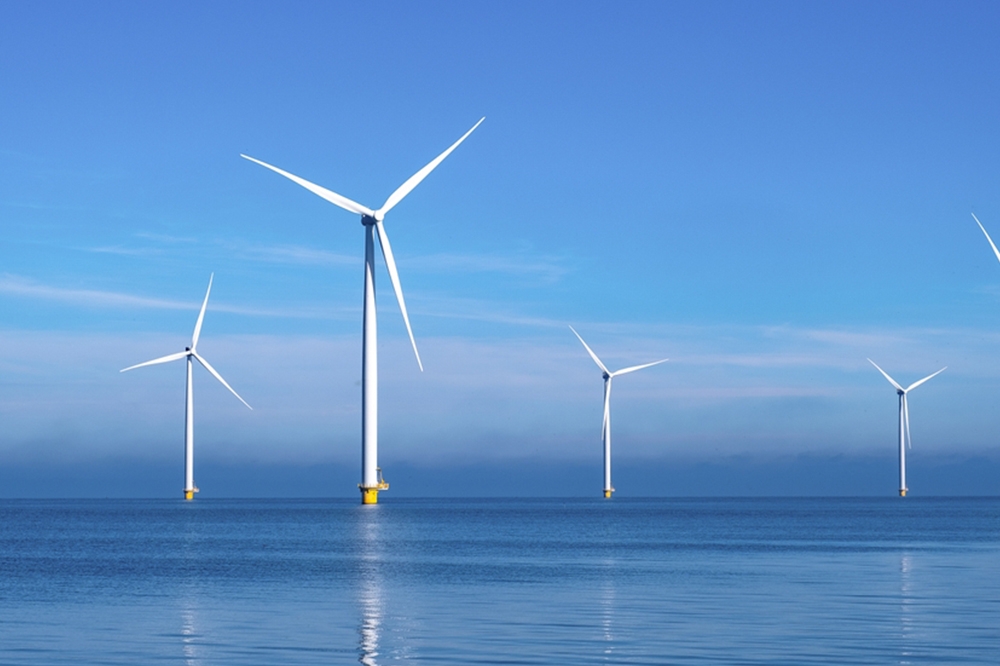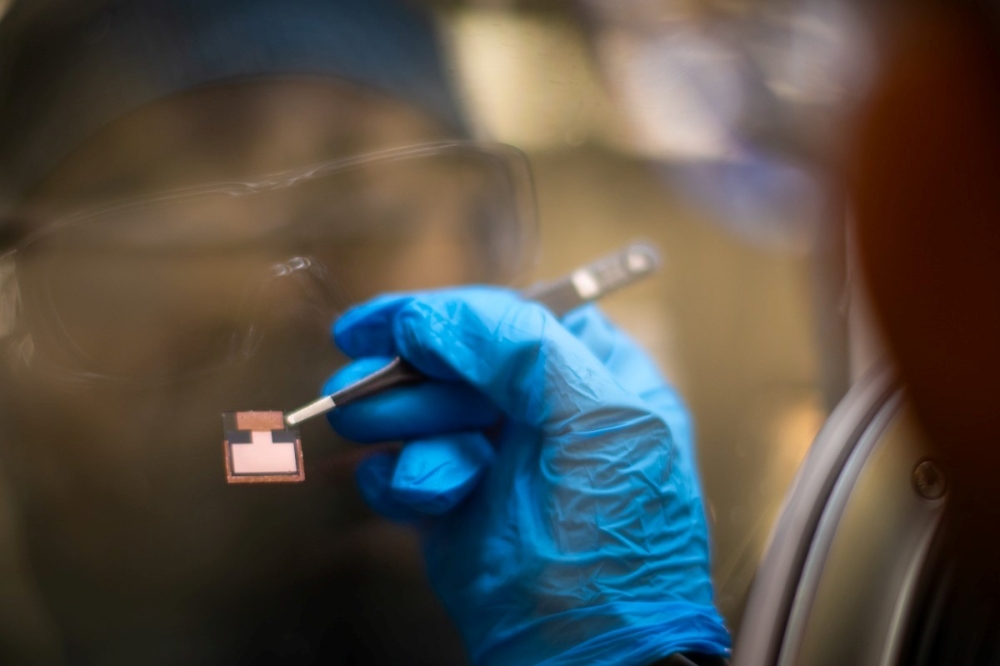PV thin films benefit from machine-learning
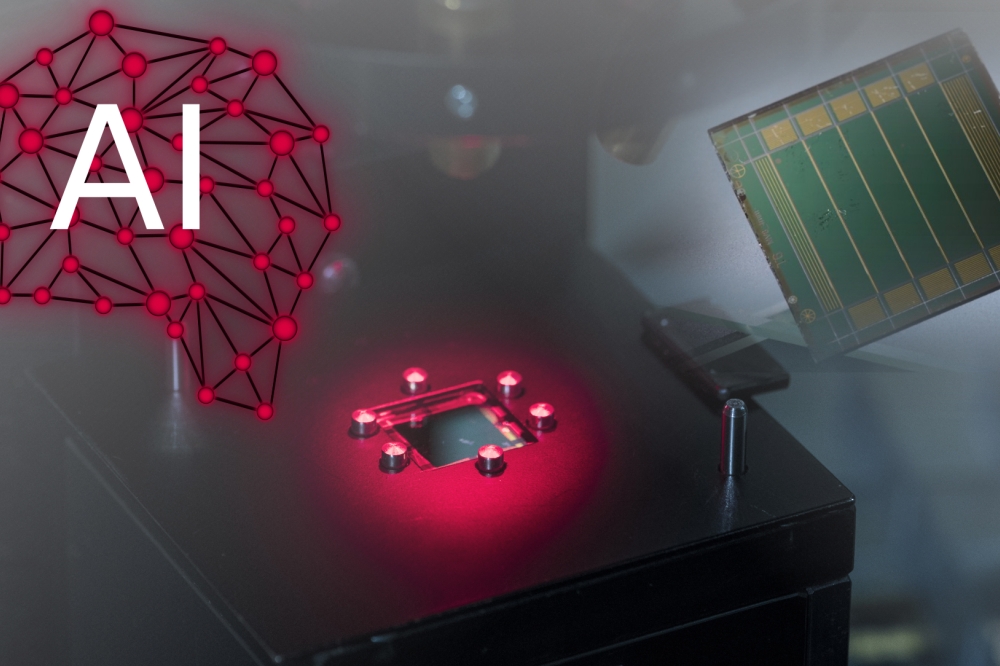
Solar cells based on perovskite semiconductor layers already boast high efficiency levels. They can be produced economically in thin and flexible designs. But they still face challenges in long-term stability and scaling to large surface areas.
Now scientists at Karlsruher Institute for Technology (KIT) in Germany, have shown that machine learning could help improve the monitoring of perovskite thin-film formation needed for industrial production.
“We show that process fluctuations can be quantitatively analysed with characterisation methods enhanced by machine learning techniques to ensure high material quality and film layer homogeneity across large areas and batch sizes. This is a crucial step toward industrial viability,” said Ulrich Wilhelm Paetzold, who heads KIT's Light Technology Institute's (LTI) Next Generation Photovoltaics department.
Using this approach, he and his colleagues found they were able to make quick and precise predictions of solar cell material characteristics and efficiency levels at scales exceeding those in the lab.
“With measurement data recorded during production, we can use machine learning to identify process errors before the solar cells are finished. We don’t need any other examination methods,” said Felix Laufer, an LTI researcher and lead author of the paper.
“This method’s speed and effectiveness are a major improvement for data analysis, making it possible to solve problems that would otherwise be very difficult to deal with.”
Reference
Felix Laufer et al; Energy Environ. Sci., 2025


